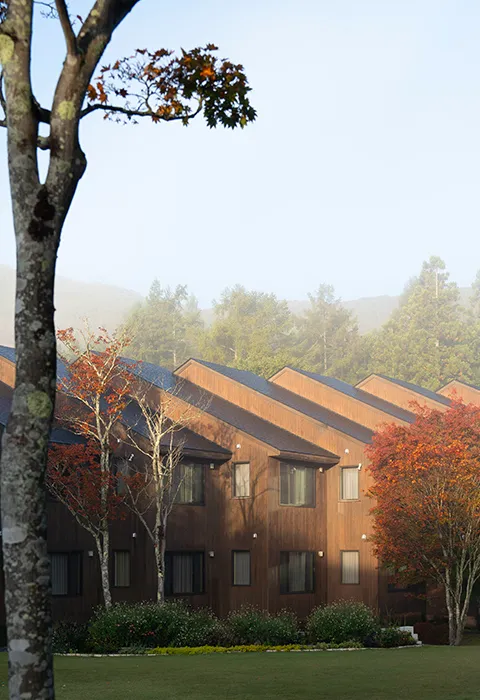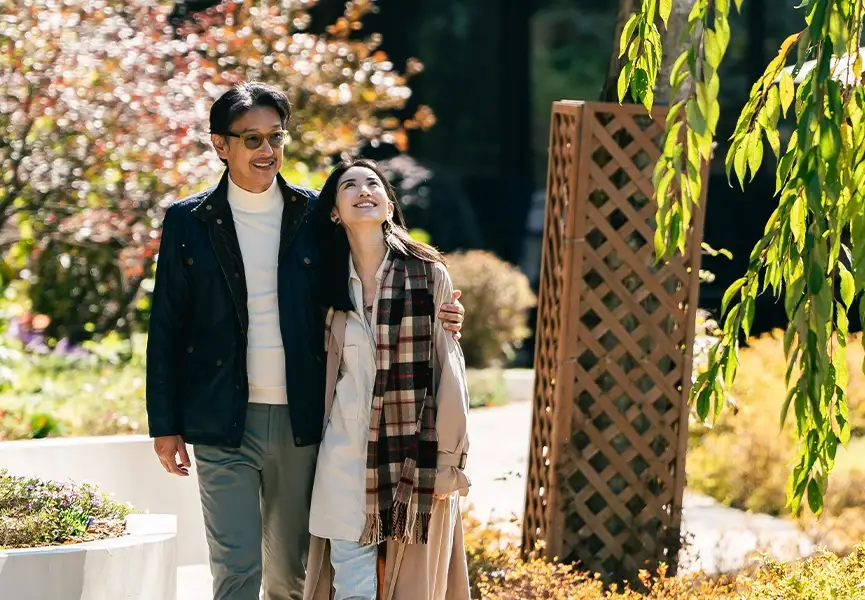
cityguide
- TOP
- City Guide
- A must-see for beginners! How to enjoy skiing and snowboarding safely
For the whole family
Group activities
Hakuba nature and wildlife
2023/03/23
A must-see for beginners! How to enjoy skiing and snowboarding safely
Hakuba Village is known as the "Mecca of skiing," attracting skiers and snowboarders from all over the world every year. However, there have been a series of recent reports of accidents in the backcountry, highlighting the dangers of skiing and snowboarding along with their appeal.
So, in this article, with the cooperation of Mr. O, a staff member at our hotel and a former active freestyle athlete, we will be sharing what beginners to snowboarding and skiing should know, what to bring, what equipment, etiquette on the slopes, and safety precautions, in order to enjoy winter sports without getting lost or having an accident.
What to bring when skiing or snowboarding
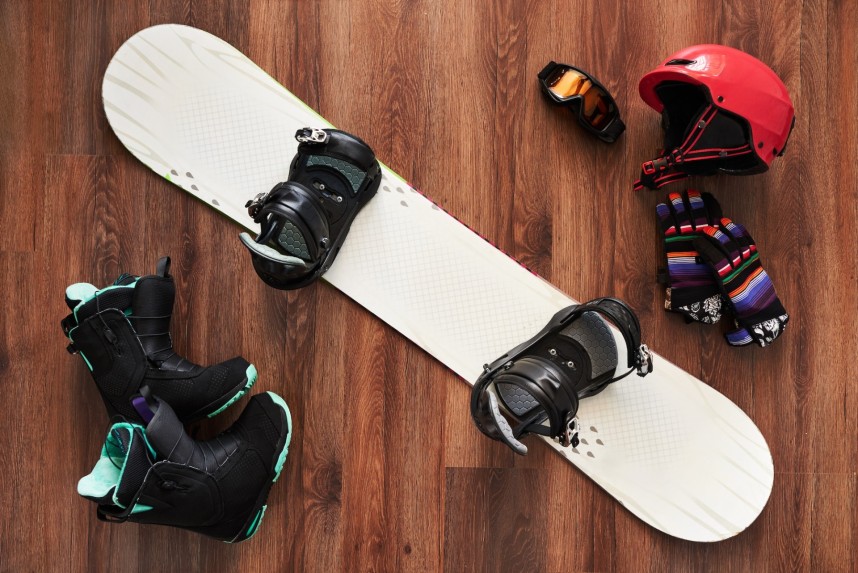
It depends on the model, but a full set of ski equipment will cost around 100,000 yen. This is quite expensive for beginners, so we recommend taking advantage of rental services.
What can be rented
□Ski set (skis/boots/poles)
□ Snowboard set (board/boots)
□Other: Clothing/Helmet
Many places do not allow you to rent accessories such as knitted hats, gloves, and goggles. However, you can purchase these items at our hotel rental shop, so please feel free to use them.
What you need to prepare yourself
□Ski socks □Sports underwear □Goggles □Gloves □Hat (knitted hat or one with earmuffs)
□Sunscreen □Identification card
Furthermore, we recommend wearing a base layer underneath your clothing, which is more absorbent and quick-drying than regular heat-generating innerwear, and can keep you warm with the thickness of the fabric while preventing you from getting cold from sweat.
Useful things to have
□Neck warmer□Protector□Pocket tissue□Lift ticket holder
The slopes are not always covered in soft snow, but can also have hard, frozen surfaces known as ice. You might fall or bump into someone, so in addition to a helmet, it's a good idea to have hip pads and knee, elbow, and wrist protectors to feel even more secure.
How to choose a ski resort for beginners
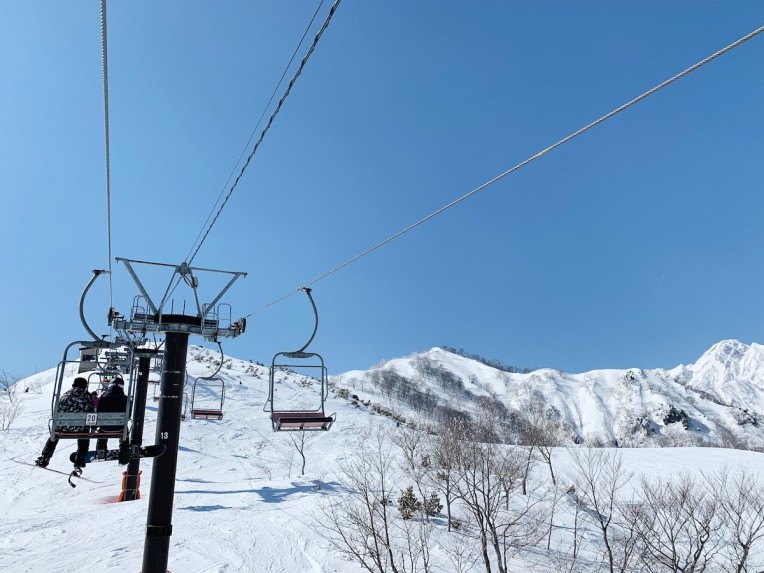
It is said that there are about 500 ski resorts in Japan. There are 10 in Hakuba Village alone. Ski resorts vary in size, number of runs, and slope angle, so choose a slope that is perfect for your level.
A wide area with many gentle slopes that are easy to practice in
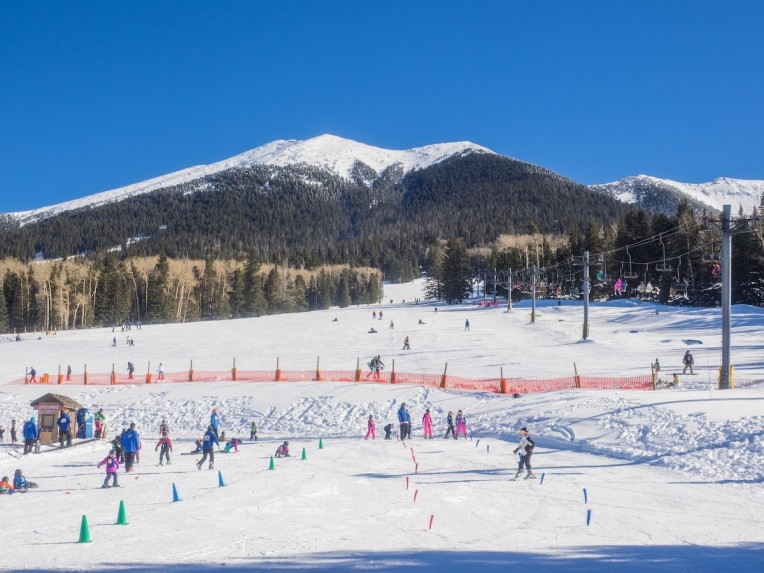
If you are still not good at changing direction, it is easier to practice on a wider course. There is also less risk of colliding with other people. Also, it can be scary to suddenly ski down a steep slope, so a slope angle of 10 to 15 degrees is recommended as it is easy for beginners to ski. Many advanced skiers aim for powder on ungroomed courses, but beginners can ski more safely and securely on well-maintained groomed courses.
When it comes to ski resorts in Hakuba for beginners, Tsugaike Kogen Ski Resort is the place to go. 50% of the courses are for beginners, and there are vast gentle slopes and lots of play equipment, so you won't get bored even if you spend the whole day there. If you want a hidden gem, then Hakuba Norikura Ski Resort is the place to go. However, this is not in Hakuba Village, but in the neighboring village of Otari. It has slopes that are easy for beginners.
Easy access
For beginners, not only skiing but also going to and from the resort is a physical burden. For this reason, we recommend ski resorts with good access. For example, our hotel is located about a 10-minute drive from Iwatake Snow Field and Tsugaike Kogen Ski Resort, and there is also a winter-only public shuttle bus (paid) to each resort, making it very convenient.
A place with a full range of schools, rentals and activities
The quickest way to improve your skiing or snowboarding skills is to take lessons from an instructor at a school. Also, to reduce the amount of luggage you need and to refresh your body after skiing, choose a place with plenty of rental shops, day spas, and restaurants so you can enjoy after skiing.
Ski Resort Manners
Failure to follow the rules and manners can lead to injury to others and serious accidents. Before you go skiing, be sure to review the 10 FIS RULES , the global standard rules for the slopes.
Beware of restricted areas and bad weather!
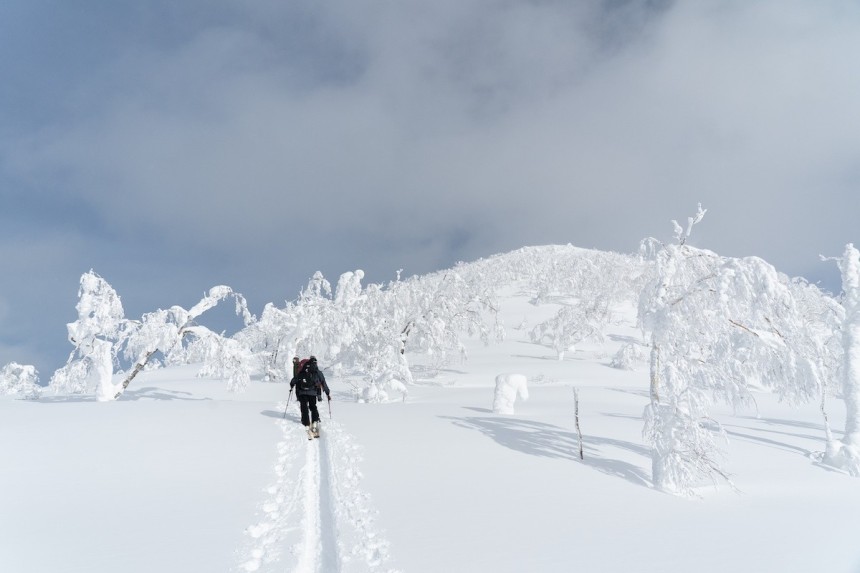
No-entry areas are areas within the managed areas of a ski resort that are prohibited from entry by ropes or signs due to reasons such as the risk of colliding with other people when skiing, the risk of triggering an avalanche, or dangerous terrain.
Backcountry skiing, which you often hear about in the news, refers to skiing on snowy mountains in their natural state outside the managed areas of ski resorts. Basically, you need to fill in the mountain entry form, and you must be accompanied by a guide. You can enjoy powder snow and beautiful scenery in the middle of nature, but there are risks involved as you are dealing with nature. It is an area where you are responsible for everything, so you need the right knowledge, experience, and equipment.
Also, if strong winds, lightning, or a snowstorm occur, check buildings and evacuate as quickly as possible. If the entire view becomes completely white (whiteout), do not panic and move. Stay calm and wait for the fog to clear.
If you are involved in an accident, first of all, try to remain calm and not panic. Ski patrols are constantly patrolling each ski resort, so in the event of an accident or injury, report it to the nearest staff member. Just to be on the safe side, it's a good idea to register the emergency contact numbers for each slope at the ski resort on your smartphone in advance!
summary
No matter what sport you're in, no matter how skilled you are, there's always a risk of injury. To avoid ruining your skiing or snowboarding trip, make sure you're well prepared, follow proper etiquette, and ski according to your physical condition and skill, the weather, the snow quality, and how crowded the slopes are, in order to prevent accidents.

